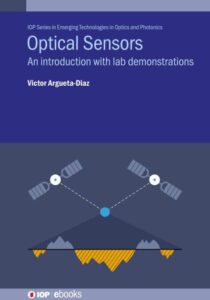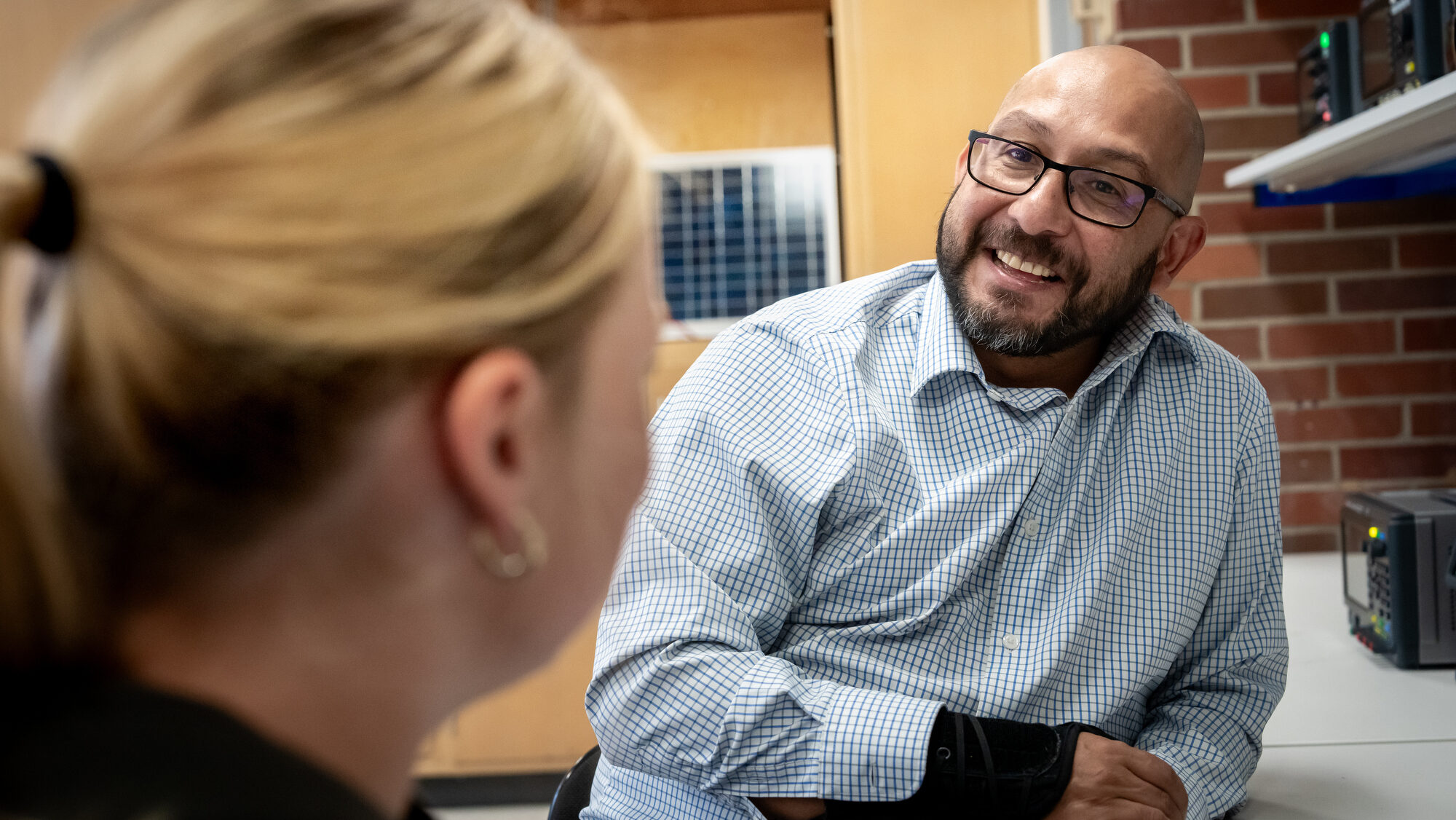 ALMA — Optical sensors are an interesting study in the field of electrical engineering, with uses in areas of industry, medicine and more. By converting light into an electronic signal, optical sensors can tell users a great deal of information about an object, such as its composition, shape, size and distance.
ALMA — Optical sensors are an interesting study in the field of electrical engineering, with uses in areas of industry, medicine and more. By converting light into an electronic signal, optical sensors can tell users a great deal of information about an object, such as its composition, shape, size and distance.
A new book by Alma College Associate Professor and Engineering Program Coordinator Victor Argueta-Diaz, “Optical Sensors: An Introduction with Lab Demonstrations,” (Institute of Physics, 2023) aims to serve as an introductory guide to the study for both students and professionals. According to Argueta-Diaz, the book is designed to cover both the theoretical principles of optical sensors, as well as its applications, for readers of all levels.
“Usually, when I teach a class in optics, I need to draw from a few different textbooks. There has never been one, all-encompassing textbook that I could use for the topics I wanted to cover,” Argueta-Diaz said. “That was my motivation with writing this — to put together a book with theory and practice right next to each other, which will hopefully lead to better understanding of the subject.”
Optics, Argueta-Diaz explained, have formally existed as a field since the origin of the scientific method in the 17th century. The creation of the light wave theory and the construction of the telescope and microscope have tremendously advanced our collective understanding of modern optics. The development of fiber optics in the 20th century — the idea that glass fibers could be used to transmit light signals over long distances with little loss — is a key recent development in the field.
Optical sensors are used today in items as varied as pulse oximeters, self-driving cars and machine vision cameras, Argueta-Diaz said. One of the many reasons they are so widely used today — and will continue to see growth well into the future — is because they offer a great deal of precision with little invasiveness or waste.
“Optical Sensors” is Argueta-Diaz’s first book published. He described the process of writing it as “challenging, but ultimately satisfying,” explaining that he was forced to challenge everything that he had known about the subject up to that point.
“I have published a number of articles and papers, but nothing like this before. It forced me to go back to original materials to understand, for example, where a particular equation came from and how to derive it, in order to explain it my own words and provide a natural flow between chapters,” Argueta-Diaz said.
“At one point, I was examining articles written in the 1940s, which is pretty unusual for my field, in order to adapt a particular notation to the notation I was using. Some experiments needed to be redone many times, to make sure I was describing them correctly. It was an interesting experience, completely unlike classroom instruction,” he continued.
For illustrations, Argueta-Diaz enlisted in help close to home. His son, Leonardo Argueta-Slaughter, a high school sophomore and budding artist, produced about a quarter of the book’s 90-plus drawings of various items and concepts, including its cover image.
“We approached it like a real job and Leo was professional all the way through,” Argueta-Diaz said. “I was really proud of the way he worked and the results speak for themselves. It was special and interesting to do this with him, and it’s cool to see his name in print.”



